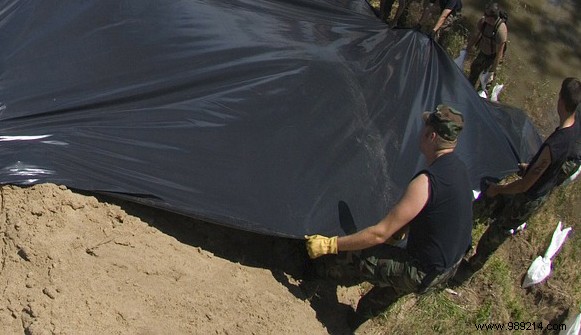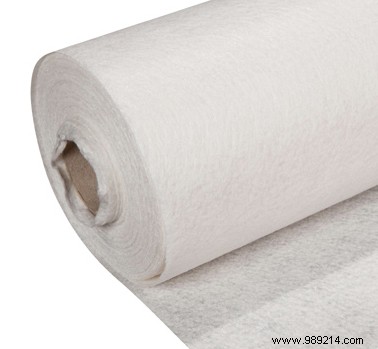
The geotextile felt and the polyane film are not only widely used in civil engineering and construction. These two materials also find their usefulness in the garden. Zoom on these articles still unknown to many people today.
If you don't work in the construction industry, you may never have heard of geotextile felt or polyane film. Yet they are excellent insulators that are found everywhere in the building. Mainly made of polyethylene, a plastic material particularly renowned for its impermeability, the polyane film prevents the humidity of a room from infiltrating through the floor, particularly floating floors.
This is why a layer of this film with a minimum thickness of 150 µ must be laid between the floor and the parquet. This device is particularly recommended for rooms and premises subject to humidity, such as the bathroom. In addition, during works, this protective tarpaulin is also in high demand on construction sites to protect facades, floor coverings and walls from splashes of paint and dirt.
Moreover, it is not only professionals who use polyane, but more and more individuals too. Are you going to completely repaint your living room soon? Cover your furniture, your decorative objects and your floor with this film. A thickness of 45 µ will do just fine. But this plastic canvas will also protect your belongings stored in the storage room or in the attic from dust.
And for gardening and vegetable garden enthusiasts, the polyane film also acts as a greenhouse cover. However, to obtain the "greenhouse effect" so much sought after by a thermal reaction, the polyethylene must have a thickness of 200 µ. To go into detail, the cover must capture and store the ultraviolet rays during the day and release the stored heat after dark.

Like polyane film, geotextile felt is also sold in rolls and can be found very easily in DIY stores. Recognizable by its milky white color, this polypropylene fabric is also synthetic. Nevertheless, as the non-biodegradability of synthetic felts is widely criticized, the craze has been for some time now for felts made of jute or coconut fiber.
There are two varieties of "Bidim" on the market:woven and non-woven. The geotextile is known for its legendary rot resistance, as well as its high resistance to traction, tearing and perforation. In addition, the peculiarity of this material is its water permeability. Indeed, unless you have very sharp scissors, you will not be able to cut the geotextile felt to pieces with your bare hands.
Thanks to its characteristics, this material is versatile and can be used in a wide variety of contexts and situations. In civil engineering, more particularly in the construction of roads, highways and railways, geotextile felt is an essential element of foundations. In construction, the polypropylene fabric serves as a separator for different materials such as gravel and sand during earthworks, for example.
Finally, the uses of the Bidim garden are also numerous. Nothing beats controlling the roots of invasive plants like mint and bamboo. If you are not a fan of weeding, first start lining your flowerbeds and flowerbeds with geotextile before placing potting soil, pebbles, pebbles and others. The felt will prevent the regrowth of weeds. This is why this material comes into play when setting up a gravel garden path.